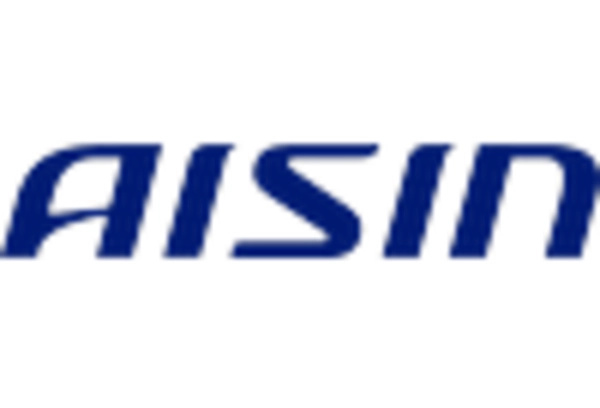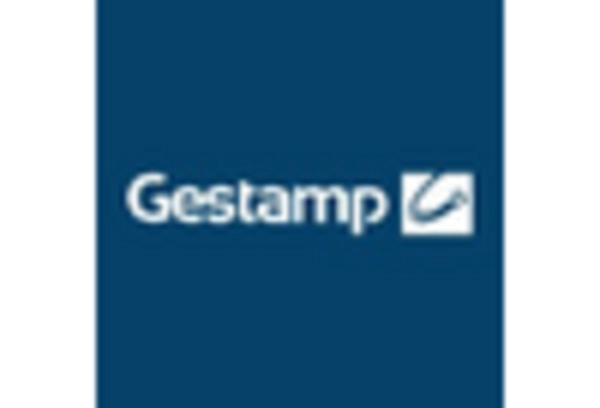Automotive Tube Bending Assembly Part Market Summary
As per MRFR analysis, the Automotive Tube Bending Assembly Part Market Size was estimated at 5.788 USD Billion in 2024. The Automotive Tube Bending Assembly Part industry is projected to grow from 5.971 USD Billion in 2025 to 8.16 USD Billion by 2035, exhibiting a compound annual growth rate (CAGR) of 3.17 during the forecast period 2025 - 2035.
Key Market Trends & Highlights
The Automotive Tube Bending Assembly Part Market is experiencing a transformative shift driven by technological advancements and changing consumer preferences.
- The market is witnessing a notable shift towards electric vehicles, influencing design and manufacturing processes.
- There is a growing emphasis on lightweight materials, particularly aluminum, to enhance fuel efficiency and performance.
- Automation technologies are increasingly integrated into production lines, streamlining operations and reducing costs.
- Rising demand for fuel efficiency and regulatory pressure for emission reductions are key drivers propelling growth in the exhaust systems segment.
Market Size & Forecast
| 2024 Market Size | 5.788 (USD Billion) |
| 2035 Market Size | 8.16 (USD Billion) |
| CAGR (2025 - 2035) | 3.17% |
Major Players
Benteler (DE), Magna International (CA), Thyssenkrupp (DE), Aisin Seiki (JP), Gestamp (ES), Mitsubishi Heavy Industries (JP), Hirschvogel (DE), Friedrichshafen (DE), Kautex Textron (DE)


















Leave a Comment